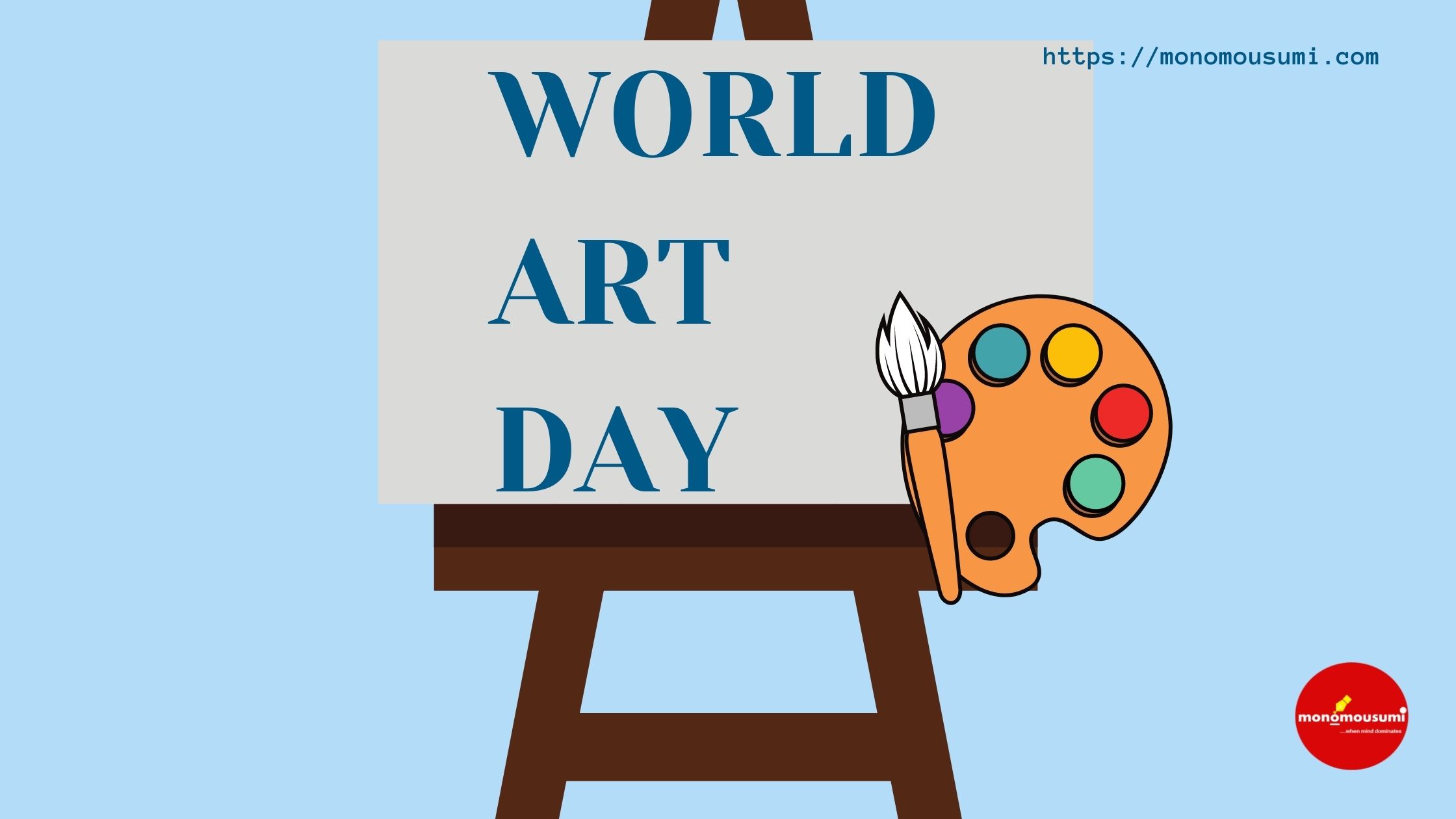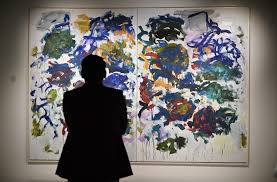
Every year we commemorate World Art Day which is established to honor the wonderful world of art and all of the incredible and imaginative work that artists all over the world do. We can all take a moment to consider the enormous influence that art has had on us and the world around us.
Art has always been a part of our lives, dating back to the dawn of time. People have been making, viewing, criticizing, and loving art for thousands of years. Art is something that encourages us, something that transports us to different realities and moves us to places unheard of. Art is something that catches one’s attention, regardless of whether the artist is conveying an emotion, an idea, or anything else. It activates endorphins, which are feel-good hormones that help us cope with stress and pain. Art is also a medium of communication for all the people in the world.
Every year on April 15, the world commemorates World Art Day as a day dedicated to the appreciation of fine arts. The International Association of Art, a UNESCO member, welcomed the day to raise awareness of artistic activity around the world. The date was chosen in honor of Leonardo Da Vinci’s birthday, who is considered a symbol of free speech, multiculturalism, diversity, world peace, and, of course, a pioneer in the world of arts and other fields, and has been celebrated since 2012. The official commemoration of the day took place in Los Angeles, California in 2015, and the International Association of Art established an official US chapter in 2017. According to the United Nations Educational, Scientific, and Cultural Organization (UNESCO), commemorating World Art Day strengthens the link between society and artistic expressions while also highlighting the important role of artists in ensuring long-term growth.
I was under the impression that art history was like a relay race, with each artist passing the baton to the next, creating a chain of cause-and-effect history and creation. Art encompasses more than just paintings, sketches, and sculptures; it includes literary works such as poetry, plays, and ballads, as well as performing arts such as dance, music, theatre, and opera. Mimesis (representation of reality), language, emotional communication, and other qualities can all be used to describe art.
Though the definition of art is debatable and has changed over time, most definitions center on the principle of creative or technical ability emerging from human agency and creation. There is no one-size-fits-all set of values or artistic qualities when it comes to visually representing a work of art. Due to a perceived lack of precise language, it can be difficult to put the beauty of art into words. Because beauty is subjective and can change depending on the context, defining what makes art beautiful is difficult. On the other hand, beauty can be described as an instinctive or internal appreciation for harmony, balance, and rhythm.
Why is it that in almost every house you visit, at least one piece of art is hung on the walls or mounted on a stillstand? It’s certainly appealing to the eye, but it also provides a sense of fulfillment simply by looking at it. That’s what art does, after all.
An artist is anyone who engages in a variety of activities related to the creation of art. The definition of an artist has changed over time and in different contexts, but the modern sense, an artist is someone who considers himself or herself an artist.
There’s a saying that goes “ We all our artists ourselves”
Yes, we are. The use of art and imagination to solve or understand a specific social problem is known as social artistry.
The “Stop Telling Women To Smile” is a street art initiative that tackles gender-based harassment on the streets. It’s a project started by a young woman named Tatyana Fazlalizadeh, who started with just her own portrait and two portraits of her friends as an experiment to open up about how she felt when she was harassed on the street. Tatyana’s anger and frustration started with her telling herself that making something useful out of her anger is fine, even though others don’t think so. She believes that anger is a valid emotion and that if you’re upset about something, you can try to fix it. She channeled her anger into art and wanted to show it where it all started for her: the streets. Initially, it was mostly for herself; it served as a medium for her to share her story, which she hoped would resonate with others. The art was drawing of women with text underneath them usually quotes from the woman such as “Women are not seeking your validation”, “I am not here for you “ and many more Fazlalizadeh has traveled the country for the past year and a half, meeting with women and making new posters based on their experiences with gender-based street harassment. Her work has evolved over the years from small pieces of paper that she hung on the street to large-scale murals that she has created in cities across the country People scribble offensive words and phrases on her posters from time to time. She’s also seen handwritten exchanges on the posters discussing the letter as if they were a real-life message Fazlalizadeh’s affecting and inspiring artwork appears throughout, culminating in an optimistic vision of a better future.
For me, art began as an escape from my adolescent world. It began when my mother persuaded me to enroll in a class that my neighbor had initiated. I had no idea what to draw when the instructor asked us to draw anything relevant to independence, so I was just watching the other kids transform their thoughts and ideas into various forms of art. Regardless of the visual appeal, each of them portrayed a deeper meaning that piqued my interest and prompted me to try something different. When I would draw or paint, it gave me a feeling that I didn’t get anywhere else; it gave me a sense of accomplishment and made me feel better.
I used to try to create paintings to draw people’s attention, but then I realized how art communicates to me in a personal way. What I believe classifies art is the link between what the artist intends to accomplish and what they achieve through the medium.
I’ve always been intrigued by how different people interpret the same art form in different ways. How can a single work of art be seen in a thousand different ways and interpreted in so many different ways? Art has the power to shape what we see and value in the world. Observing and seeing the influence of art on culture has been eye-opening for me.
Seeing Tatyana’s work, among many others, has made me realize how art can change people’s minds, instill values, and translate experiences through time and space. Finally, art is more than just a display of talent; it is an expression of emotion.
“Art is the most intense mode of individualism that the world has known.” — Oscar Wilde
“A work of art which did not begin in emotion is not art.” — Paul Cezanne
By Jerene Sandra, Karnataka


